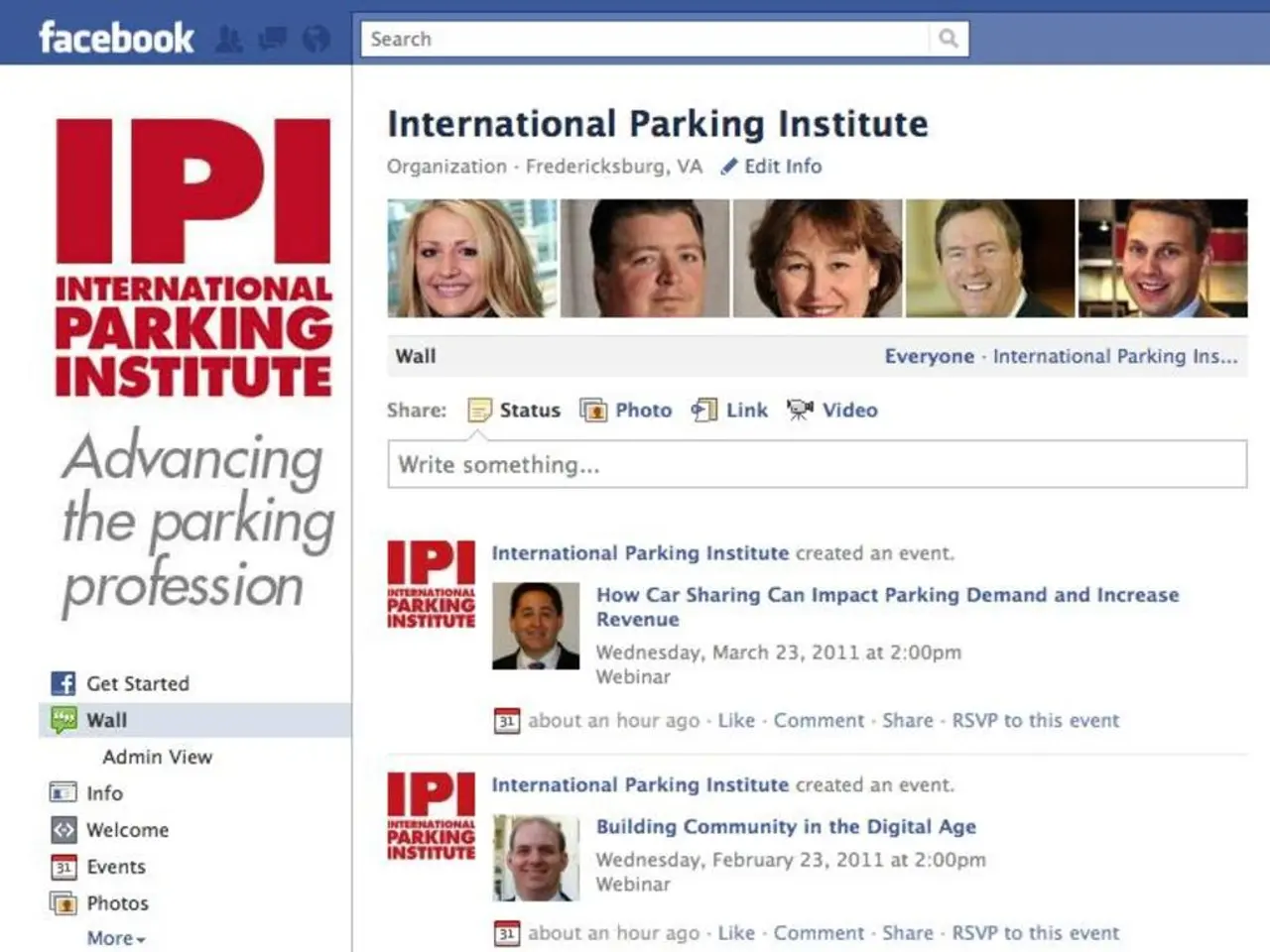Workers in these specific towns are experiencing high levels of illness.
In a recent statement, Dirk Janssen, board member of the SHI regional association NRW, has highlighted a connection between sick leave numbers and educational attainment, socio-economic factors, and profession in the region.
According to the North West Association of Statutory Health Insurances, cities such as Herne, Gelsenkirchen, and Hagen have higher rates of sick leave days among employees insured by statutory health insurances. These cities, historically associated with coal mining and heavy manufacturing, face occupational health challenges such as musculoskeletal disorders and chronic conditions that elevate sick leave rates.
Socio-economic factors also play a significant role. Lower average incomes, higher unemployment rates, and related psychosocial stressors contribute to increased absenteeism due to illness. The cities mentioned have a higher probability of less stressful workplaces and a better environment, but they still show a higher sick leave rate compared to other cities in North Rhine-Westphalia.
Education and training seem to be a crucial factor as well. In cities with many students and a high concentration of administrative professions, there is a clear connection between these factors and lower sick leave rates, Janssen stated. Cities like Essen, with a sick leave rate of only 6.5 percent above the federal average, and Duisburg, with a sick leave rate slightly below that of Hagen and Gelsenkirchen, are examples of this trend.
Janssen's comments suggest a correlation between social status and sick leave rates. A lower social status may be associated with a less healthy lifestyle, including higher consumption of tobacco and alcohol, less exercise, and potentially less access to health care and organic food. If there are organic markets in the neighbourhood, a lower social status could exacerbate these issues.
Overall, North Rhine-Westphalia (NRW) has a sick leave rate of 9.3 percent above the average. While the exact reasons for the higher sick leave rates in specific cities are not explicitly detailed, these patterns commonly correlate with industrial legacy sectors and socio-economic disadvantages that affect health and work capacity. For more detailed and specific analysis, consulting reports directly from the North West Association of Statutory Health Insurances or regional health statistics would be necessary. However, the overall lower health indicators and economic challenges in these areas remain the leading plausible factors for higher sick leave rates.
- The correlation between social status and sick leave rates, as mentioned by Dirk Janssen, extends to mental health as well, considering that less fortunate socio-economic conditions might lead to increased stress levels and potential mental health issues.
- In light of the ongoing discussion, it's worth exploring the connection between science, health-and-wellness, and mental health, particularly in the context of North Rhine-Westphalia's health challenges and the potential benefits of incorporating evidence-based interventions in workplaces and communities to improve overall wellbeing and reduce sick leave days.




